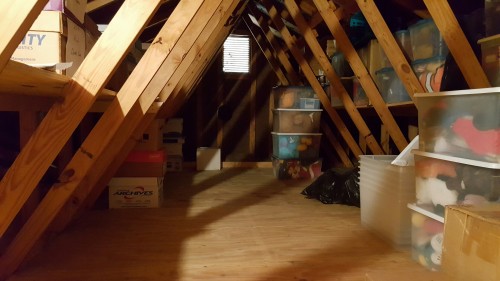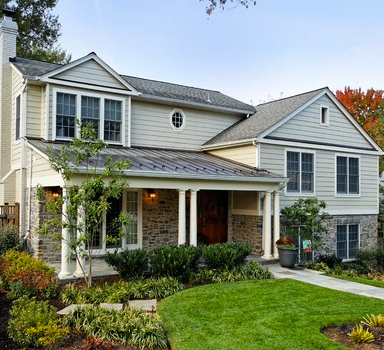When the weather gets hot outside, the temperatures in your home rises as well. Typically, we counter the rising temperature inside with an air conditioning unit. Too often, however, the uninhabitable spaces of your home are left with little to no air circulation, particularly the attic space. Creating air movement in the attic can lower utility bills and create less wear and tear on your HVAC system. There are several ways to create attic ventilation as explained below.

One way to create air movement is to install a ridge vent. A ridge vent is a cutout in the roof deck at the top (or “peak”) of the roof. A metal cap can be installed over this opening, or it can be finished with shingles to match the existing roof. When installing a ridge vent, you’ll also need to install soffit vents. The soffit is the horizontal area under the edge of the roof where it meets the exterior walls. The reason behind installing soffit vents in addition to a ridge vent is to create ventilation and allow the ridge vent to pull in fresh air from outside.
Another way is to install gable vents. The “gable” is the triangular portion of wall between the edges of two roof pitches. Installing a vent at the top of the gable near the peak of the roof is a great way to create cross ventilation. To accomplish this, a vent would need to be installed on both gable ends of the home. These vents are usually non-operable louvers that allow the attic to breathe, while keeping rain water out.
Lastly, you can also consider an attic fan. Attic fans are mounted in one of two locations. They are either mounted on the underside of the roof deck itself, or they can be mounted in place of one gable vent. The fan should be hardwired and operate on a thermostatic switch. The thermostatic switch will allow the fan to turn itself on and off when certain temperatures are reached in the attic, alleviating the need for you to have to do this manually. You’ll want to install an attic fan in combination with either a ridge, soffit, or gable vent. If not, fresh air cannot enter and the attic becomes like a vacuum.
Keeping the attic space ventilated can improve the life span of the roof, roof deck, and insulation. It will also keep the home cooler in the summer months. Further, it removes moist air and condensation that can lead to mold or mildew. It’s relatively inexpensive and can pay for itself in less HVAC maintenance and lower utility bills.

